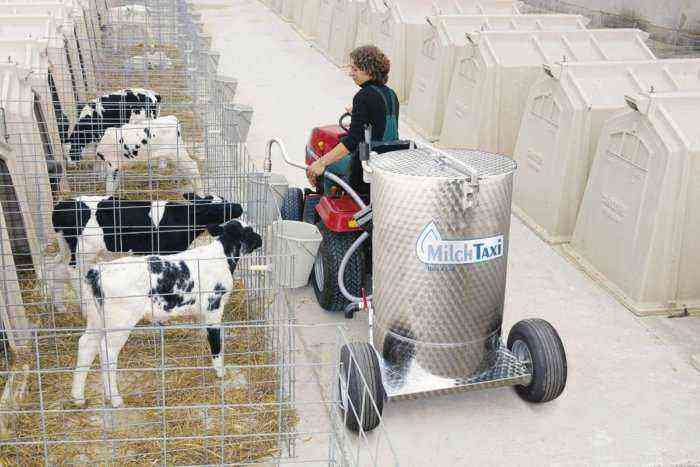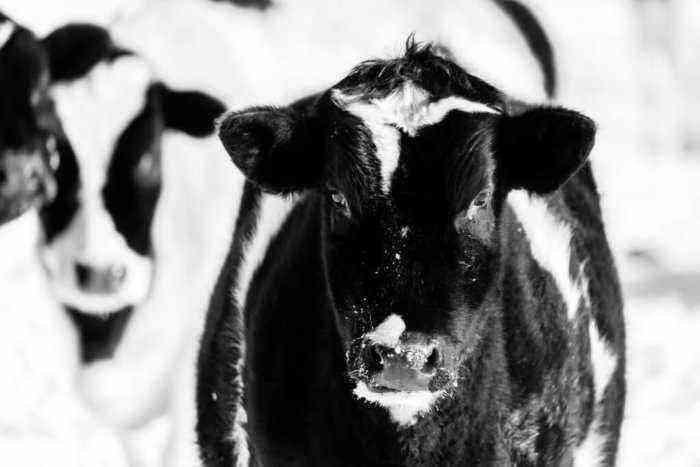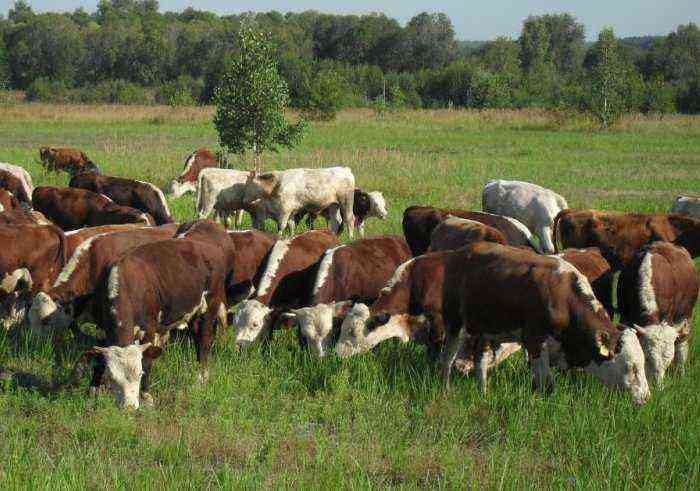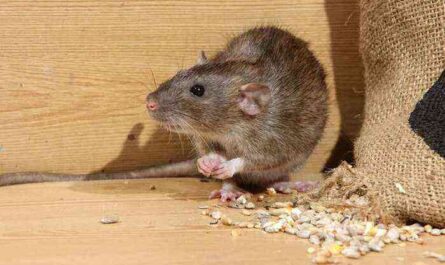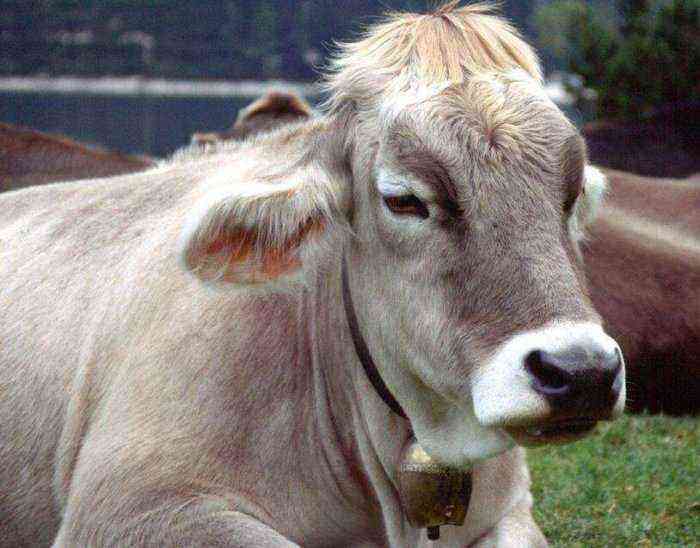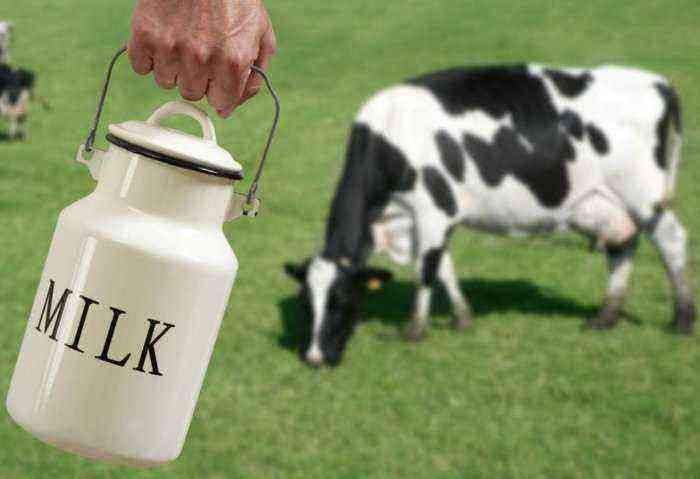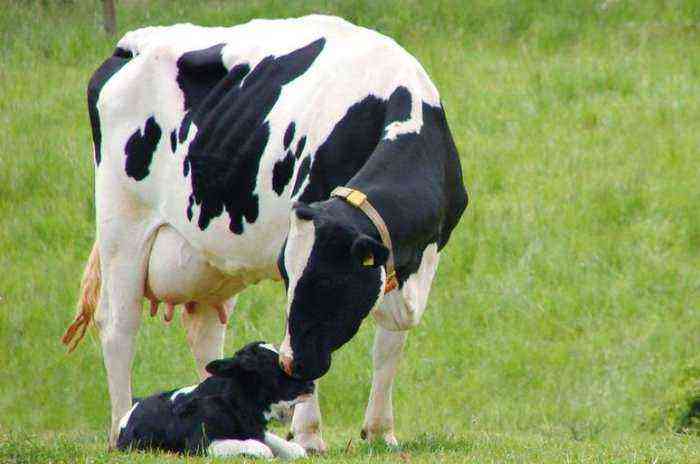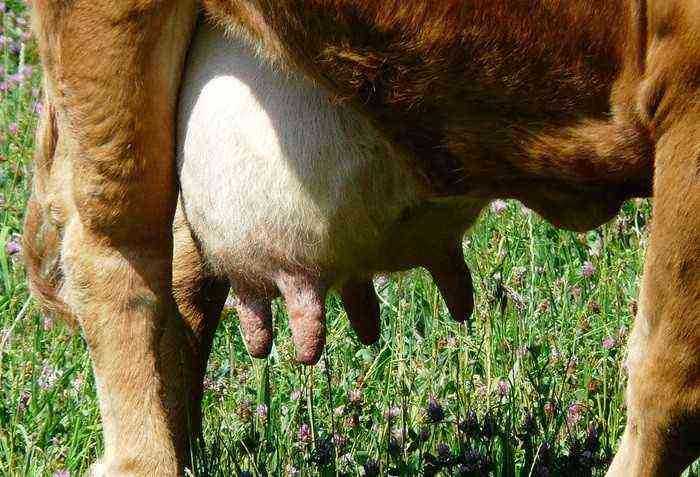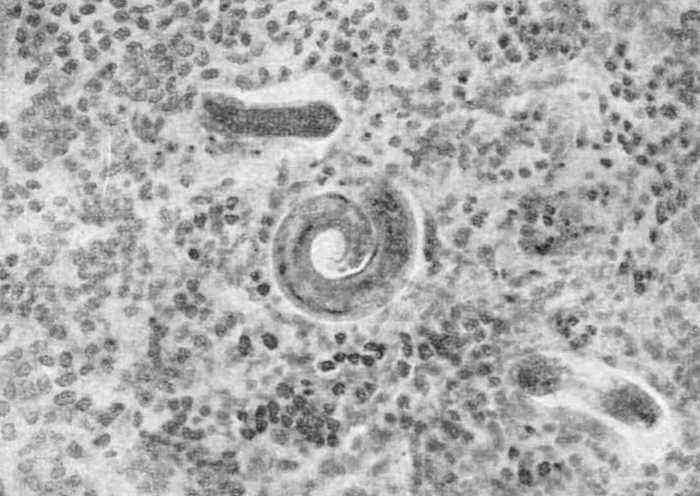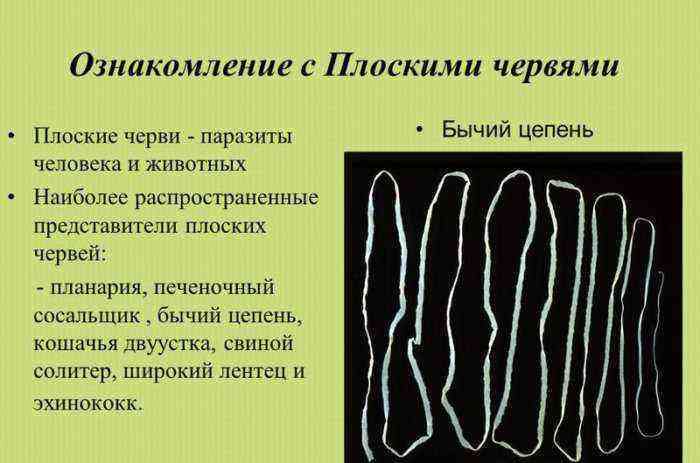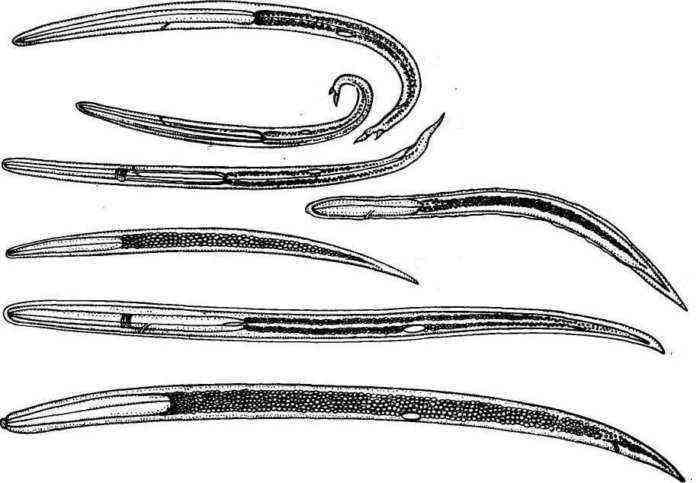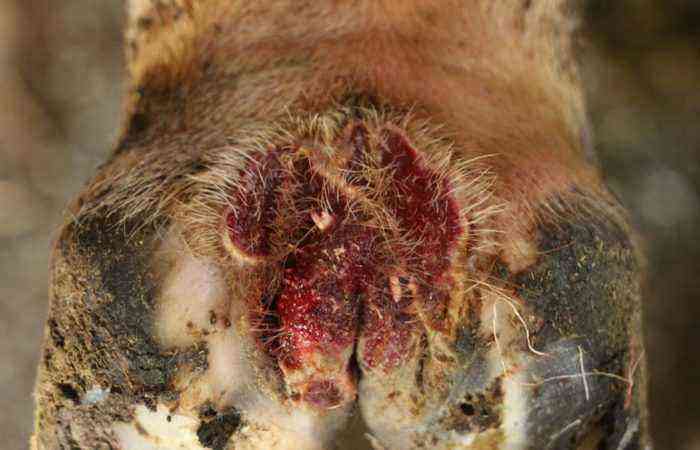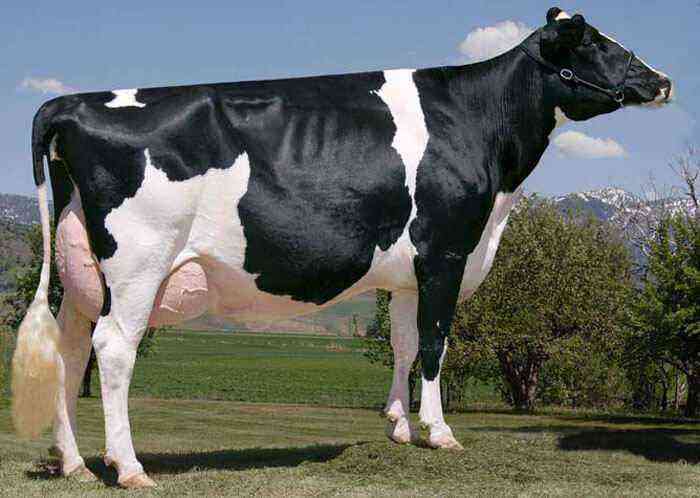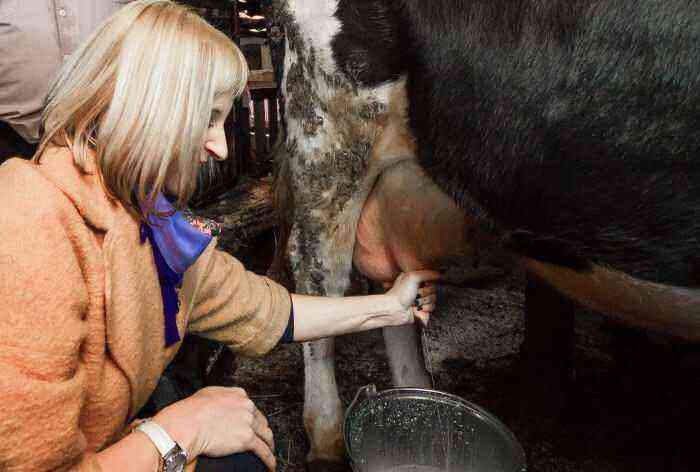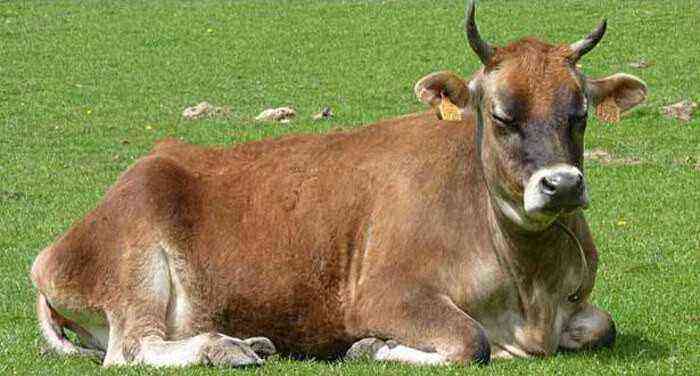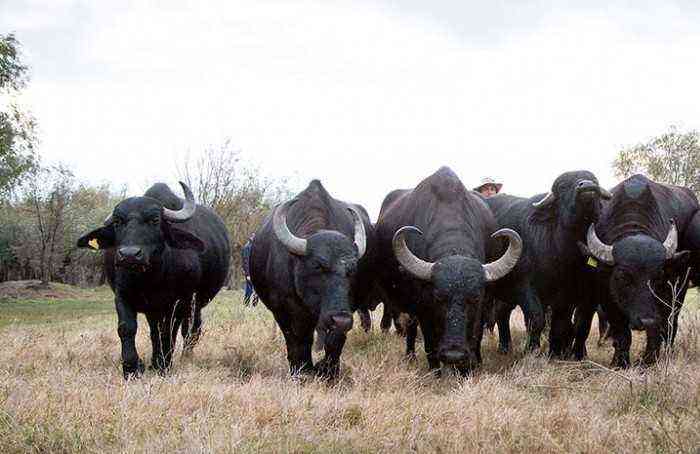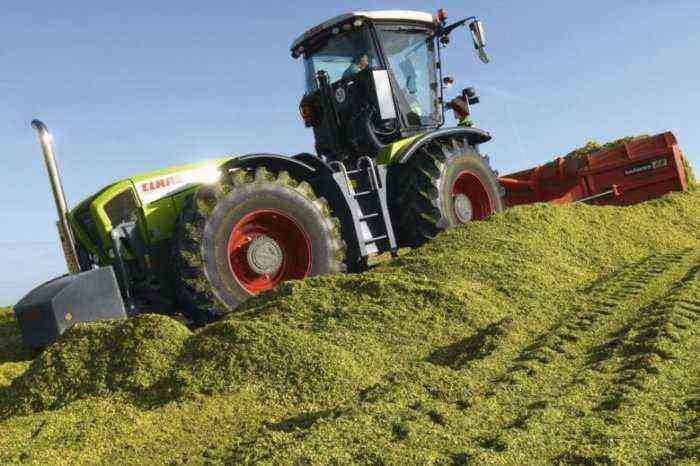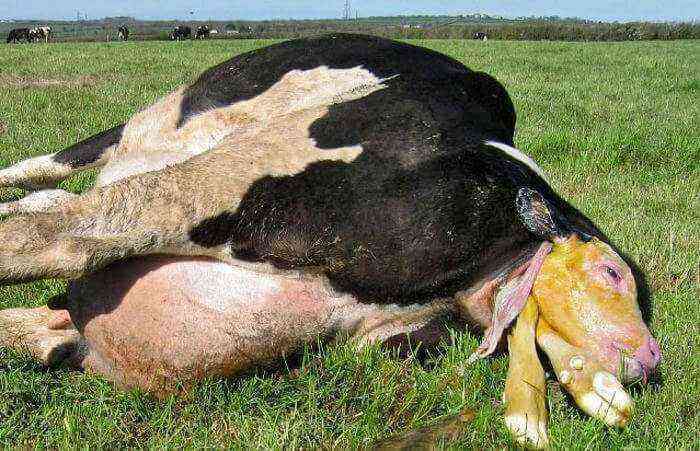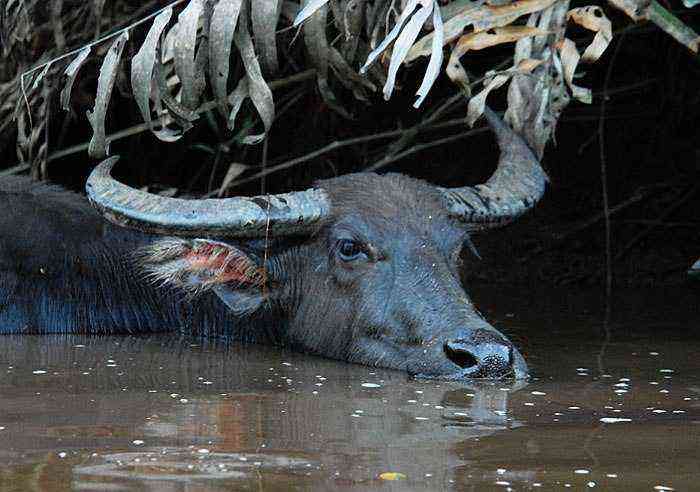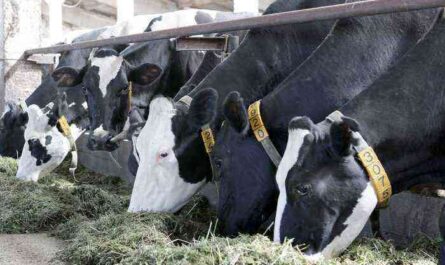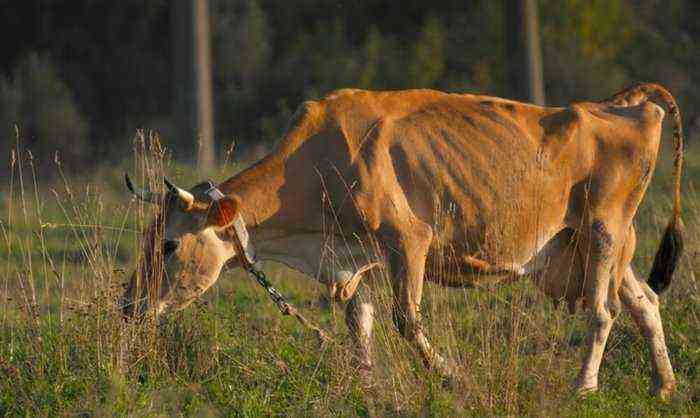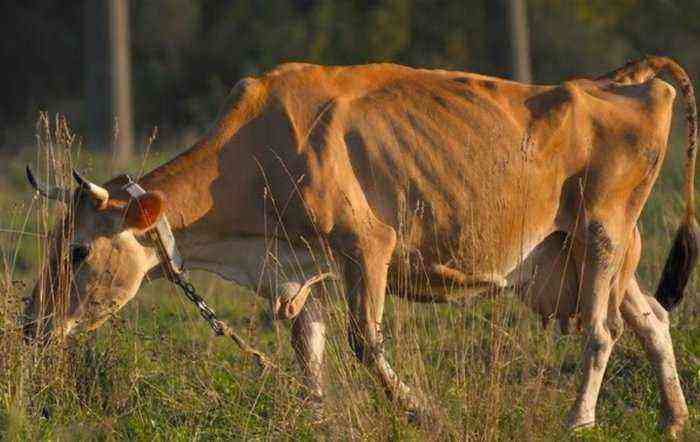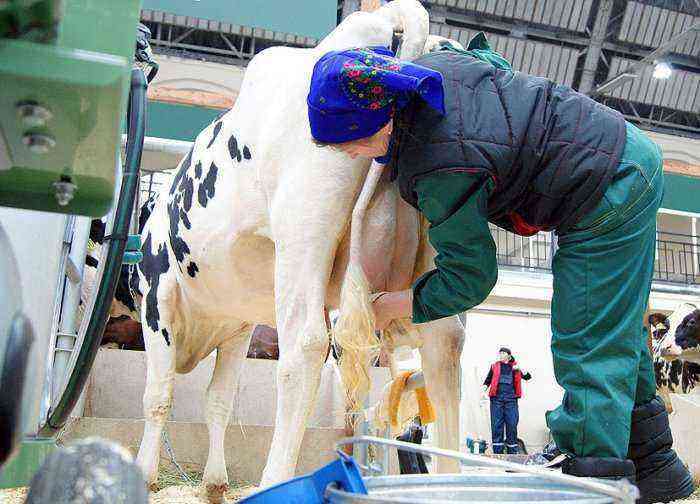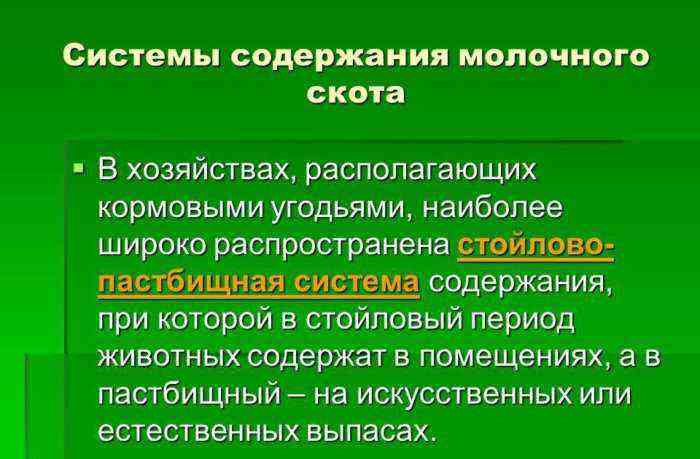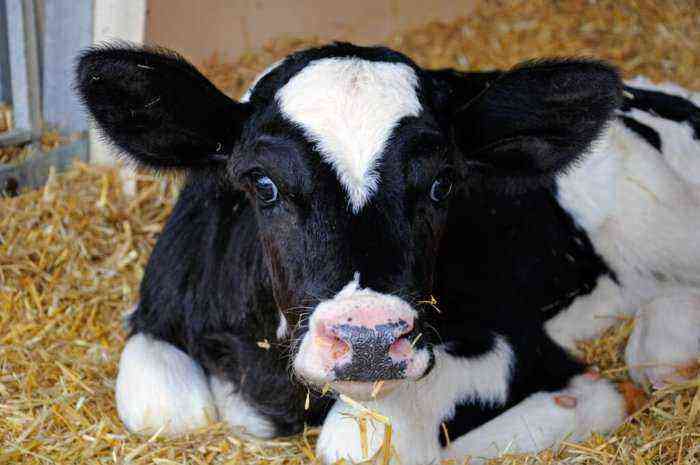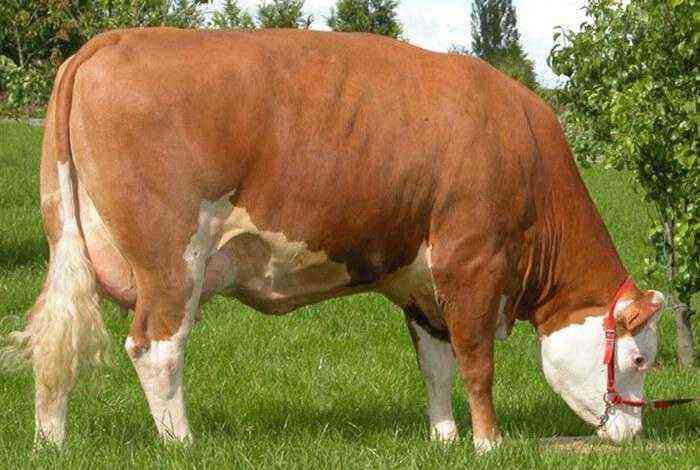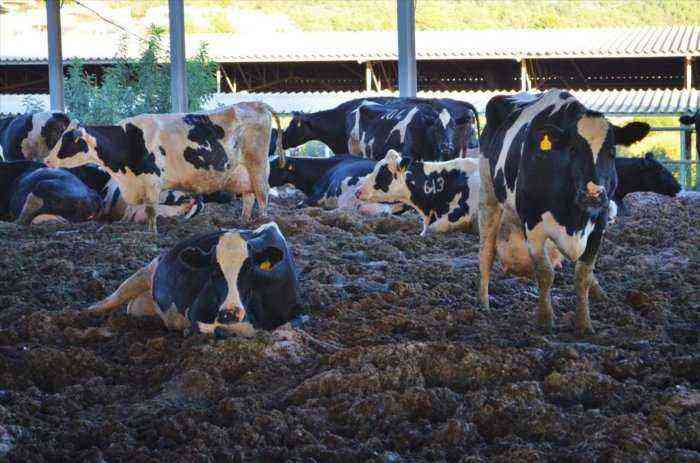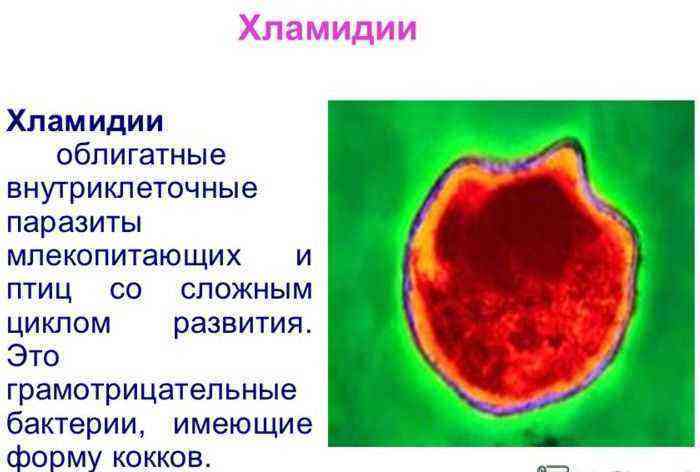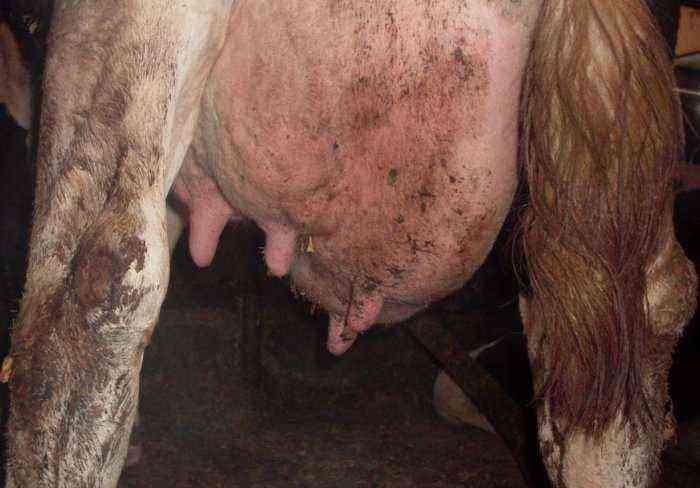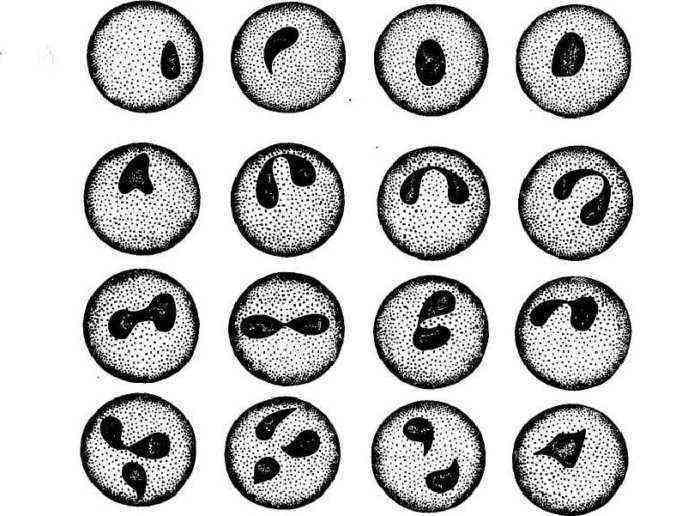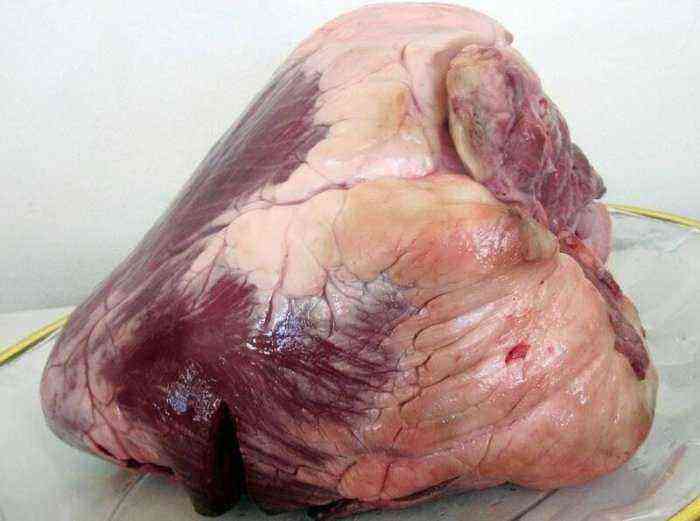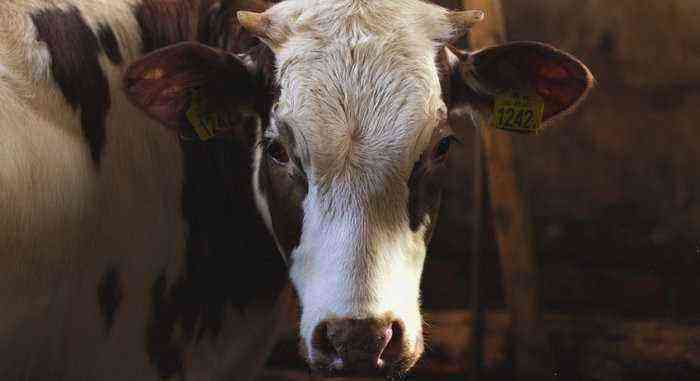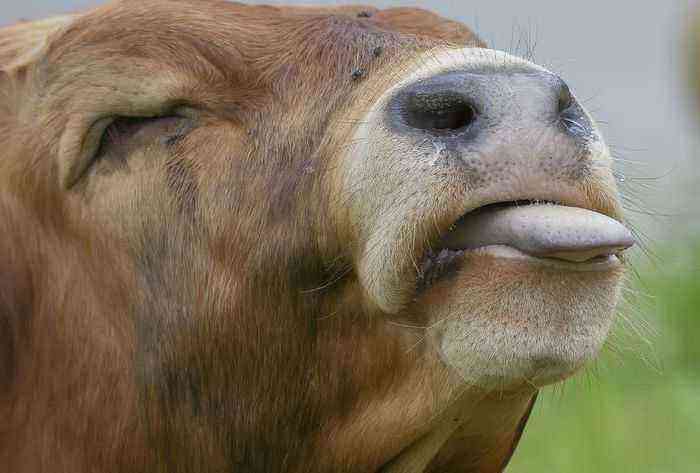The stomach of a cow is arranged in a special way – it has four sections or chambers, each of which performs its own function. Violation of work at least in one of the parts of the digestive system entails various pathologies of animal health.
The structure of the digestive tract of a cow
Features of cow digestion
Cows have an interesting digestive system – this animal swallows food whole, almost without processing it with its teeth, and then, when resting, burps it in parts and chews thoroughly. This is why a cow can often be seen chewing. The mechanism for burping and chewing food from the stomach is called chewing gum. If this process stops in a cow, then something is wrong with her.
The digestive system of a cow has the following structure:
- Oral cavity – lips, teeth and tongue. They serve to capture food, swallow and process.
- Esophagus. Its total length is about half a meter, it connects the stomach to the pharynx.
- The stomach consists of four chambers. We will consider its detailed structure below.
- Small intestine. Consists of the duodenum, jejunum, ileum. Here, the processed food is enriched with bile and juices, as well as the absorption of nutrients into the blood.
- Colon. From the small intestine, the food mass enters the large intestine, where additional fermentation of food and absorption of substances into the blood takes place.
The structure of the stomach of a cow and its departments
The structure of the stomach in a cow is also of interest – this organ consists of 4 chambers:
- scar;
- grids;
- books;
- rat.
The real stomach in the full sense of the word is the abomasum, the remaining chambers are used for pre-processing food, they are called pancreas. The scar, the book and the mesh do not have glands that produce gastric juice, only the abomasum is supplied with them. But in the proventriculus, fermentation, sorting and mechanical processing of feed takes place. Consider the sections of the cow’s stomach in detail.
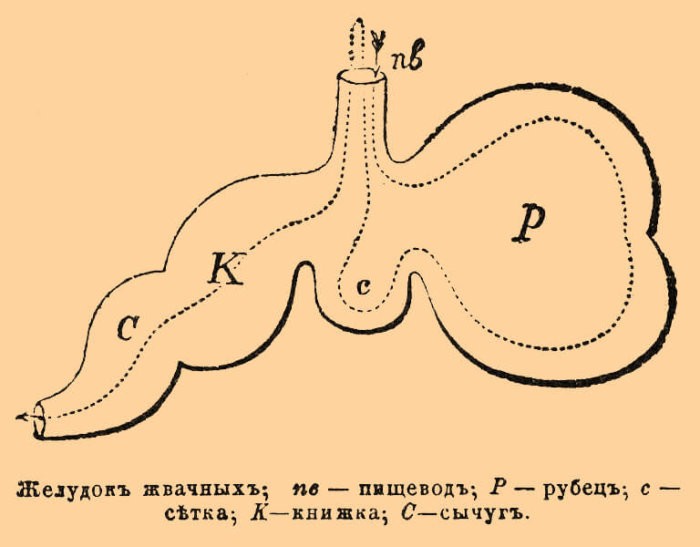
cow stomach
Scar
A scar is the first section of a cow’s stomach. It has the largest volume compared to other chambers – about 200 liters! It is located in the abdominal cavity on the left side. Swallowed food enters this pancreas. The scar is filled with microorganisms that provide the primary processing of food.
Reference. The rumen contains a huge number of microorganisms, their total weight is about 3 kilograms. They contribute to the synthesis of B vitamins and protein in the animal’s body.
The scar consists of a double muscle layer and is divided into 2 parts by a small groove. The mucous membrane of the proventriculus is supplied with ten-centimeter papillae. It is in the rumen that the breakdown of starchy compounds and cellulose to simple sugars occurs. Through this process, the animal receives the necessary energy.
Сетка
This section of the stomach is much smaller in volume than the previous one. Its capacity is not more than 10 liters. The mesh is located in the chest area, one of its sections is adjacent to the diaphragm. The main function of the net is to sort the feed. Small fractions of food from here move to the next section of the stomach, and larger ones burp and enter the cow’s mouth, where they are chewed. The mesh, as it were, filters food, passing food that has already undergone primary processing further through the digestive system.
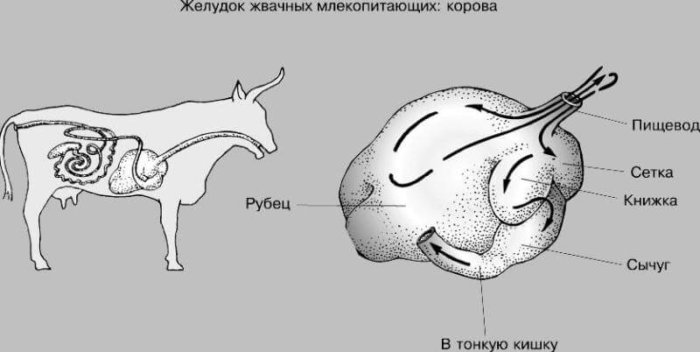
cow stomach
Book
Small pieces of food move into the book – the third section of the stomach. Here, the food is carefully crushed mechanically, due to the special structure of the mucous membrane. It consists of folds resembling leaflets. In the book there is a further processing of coarse fiber fibers and the absorption of water and acids.
Abomasum
The abomasum is the only part of the cow’s stomach that is supplied with glands for the secretion of gastric secretions. It is located in the area between the 9th and 12th ribs on the right side. Its volume in adults reaches 15 liters.
In calves, the abomasum is actively working, while the rest of the stomach remains unused until almost three weeks of age. Their scar is in a folded position, and the milk immediately enters the abomasum through the chute, bypassing the net and the book.
Common pathologies
Cows often suffer from pathologies of the digestive system. They pose a serious danger to the life of a ruminant animal. Common digestive problems in cows:
- swelling;
- stop;
- blockage;
- trauma.
Bloating
Tympania or bloating is a very dangerous condition that occurs due to a sharp change in the cow’s diet, the animal eating large amounts of food that promotes increased gas formation. Tympania can occur due to a blockage in the esophagus. Symptoms:
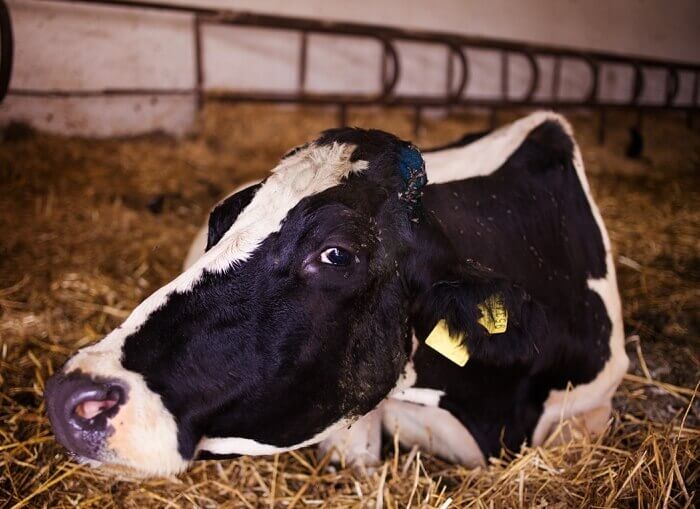
Tympany
- Refusal to eat.
- Enlarged belly.
- Lack of chewing gum.
- Anxiety.
- In severe cases – shortness of breath, pallor of the mucous membranes.
Attention! This condition is dangerous for the life of the cow, as the enlarged scar strongly compresses the diaphragm, preventing the animal from breathing normally. If help is not provided, the cow will die from lack of oxygen.
Treatments for bloating include:
- Removal of a foreign body from the esophagus using a flexible probe.
- Stimulation of the stomach to start it.
- The use of medicines that prevent gas formation and fermentation – Tympanol, burnt magnesia, activated carbon, ichthyol.
- In emergency cases, they resort to perforation of the scar with a trocar.
You can start the stomach with a massage. It is performed on the left side of the abdominal cavity, in the region of the hungry fossa with a fist. Dousing this area with cold water often helps. A cow needs to run for her stomach to work.
Stop
The process of digestion often stops in cows due to improper feeding, for example, if concentrates predominate in the diet or the animal ate rotten hay. Also, gastric arrest occurs when the esophagus is blocked. Symptoms of pathology: loss of chewing gum and appetite, general depression. If a cow’s stomach has stopped, this can be checked. You need to lean with your fist in the area of uXNUMXbuXNUMXbthe hungry fossa and listen to whether contractions occur.
Treatment of this pathology begins immediately. The first thing to do is to keep the animal on a starvation diet for a day. In the future, digestible feed is gradually introduced – silage, a small amount of root crops, high-quality hay.
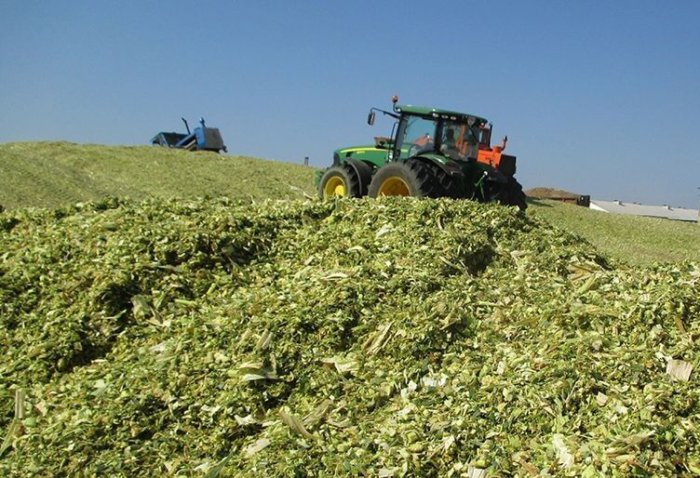
Silage
To start the stomach, apply:
- Hellebore tincture.
- Gastric lavage.
- Inside, they give to drink saline, vodka or moonshine (can be diluted with vegetable oil).
- Scar massage.
Zaval
Sometimes the stoppage of the stomach occurs due to blockage of the book. This happens when the animal’s diet is dominated by dry food, bran or grain waste. The cause of the pathology may be sand or dirt in the stern. The symptoms of blockage of the book are similar to those observed when the stomach stops. It is quite difficult to identify the true cause of the cessation of digestion. For diagnosis, a puncture of the stomach with a needle is used. If it enters hard, then we are talking about blockage.
If the diagnosis is confirmed, it makes sense to wash the stomach. To do this, use a solution of sulfate or sodium chloride at a concentration of 10%. For the procedure, you will need about a liter of such a solution. To start the digestion process, use the same means as discussed above – vegetable oil, hellebore tincture, vodka.
Injury
Since the cow swallows food in an unprocessed form, dangerous objects often get inside with food – wire, nails, chips, sharp stones. Such foreign bodies can cause serious injury to an animal – pierce the stomach or pierce its walls. Mesh injuries are often through, sharp objects can touch nearby organs – the heart, spleen, lung.
Symptoms of traumatic reticulitis:
- Anxiety, loss of appetite.
- Stretching the neck forward.
- The cow takes unnatural poses – hunches over.
- Sometimes the temperature rises by 0,5-1 degrees.
- The animal feels pain when pressing on the sternum.
Treatment is aimed at removing the foreign object from the stomach. Metal foreign bodies are removed with a magnetic probe. If it is not possible to pull out the object, they resort to surgical intervention or the animal is slaughtered.
All sections of the stomach of ruminants perform their function. If at least one of them stops working, the entire digestive system suffers. It is important to diagnose the development of pathology in time and start treatment.
